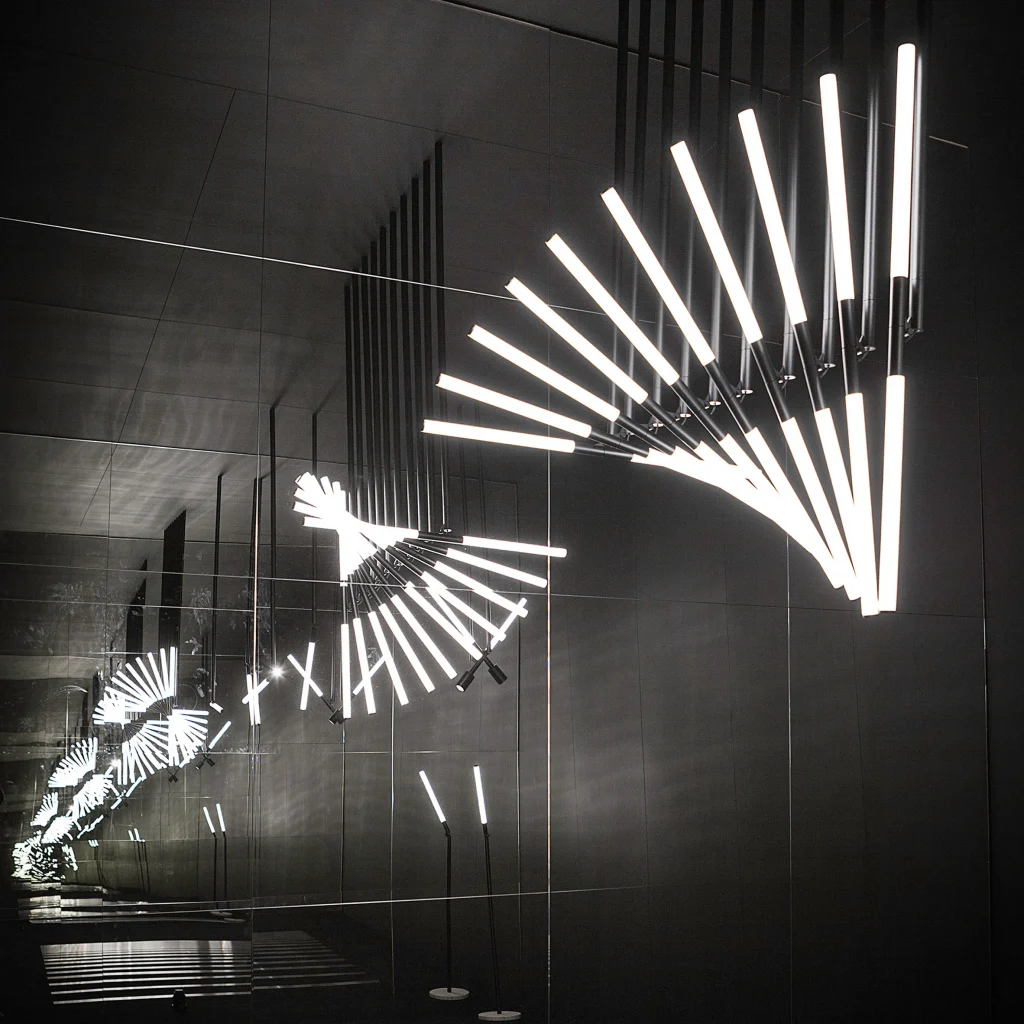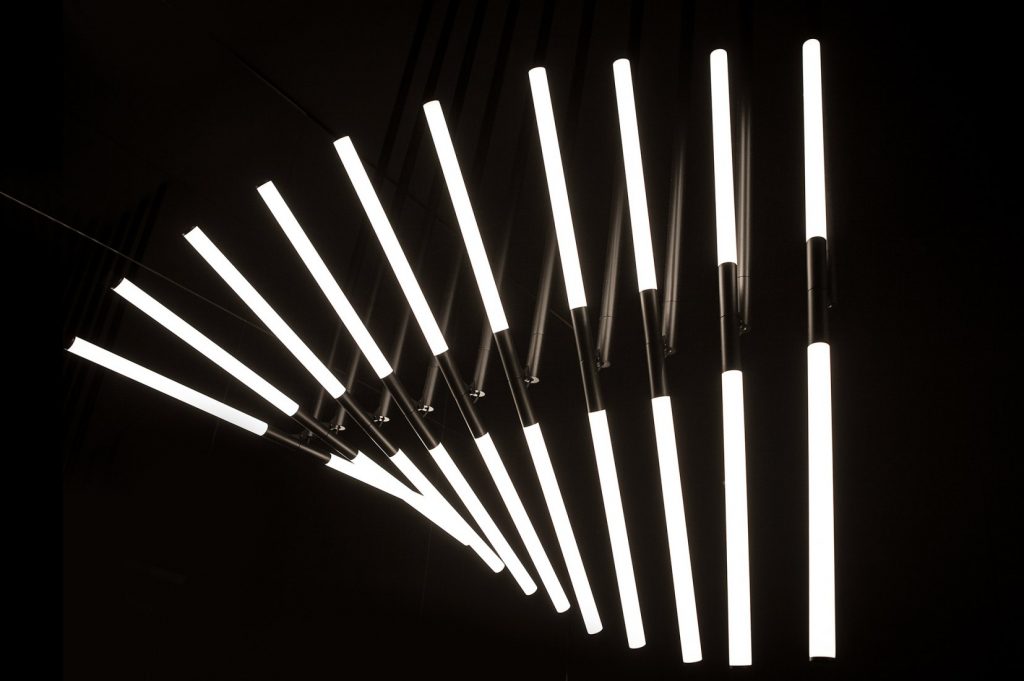TOP1:Frank Gehry
These lamps live up to their shape: “Fish Lamps”. This lamp was originally designed from 1984 to 1986. It is said that after accidentally smashing a plastic laminate called ColorCore at the time, he decided to use the fragments to stick to the steel frame as the scales of the fish lamp.
Although functionally speaking, this fish lamp cannot play the role of space lighting, it can only be said that it is an object that emits light, but the light overflowing from the scales still makes this plastic fish vivid and mysterious.



TOP2:Cloud Lamp
Compared with the previous one, in terms of materials, both of them do use paper-like materials (Frank uses some kind of high-tech new material), but obviously Frank’s lamp shape is more free and more like its name. : Cloud Lights.
When explaining the lamp, the author also said that it is the characteristics of this material that users can knead and change their shape at will when they receive them, so that users can also become participants in the shaping of the shape.
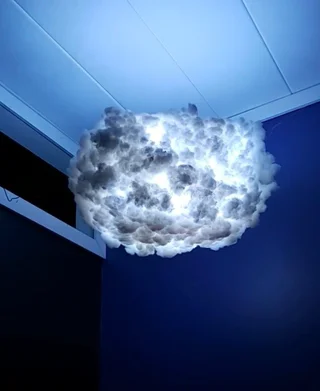
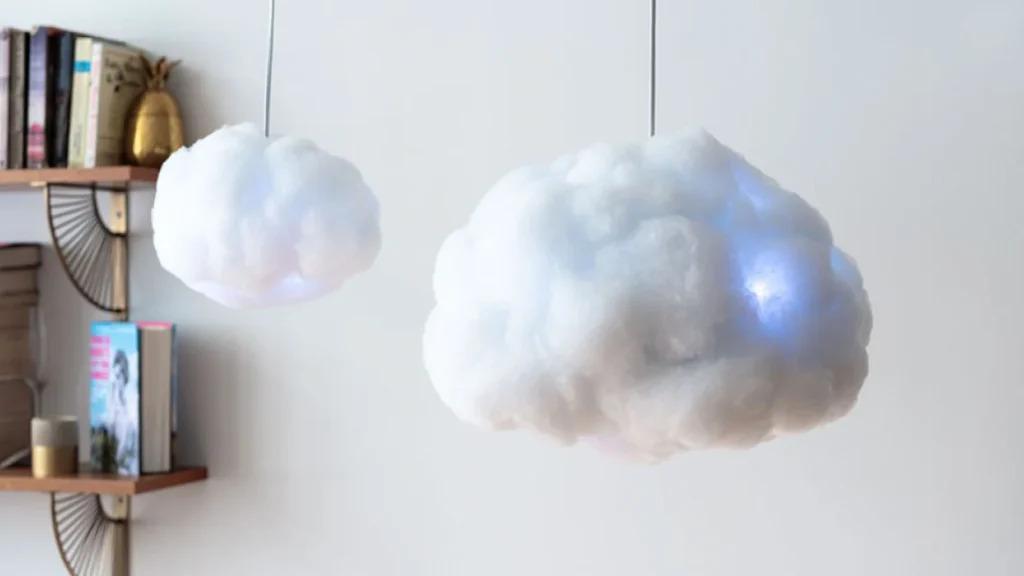

TOP3:Toyo Ito
The lamp was designed by Toyo Ito in collaboration with lamp dealer Yamagiwa and is called “Mayuhana Lamp”. Inspired by the organic network form in nature, the fiber material is wound around the mold like a silkworm cocoon to create the shape as shown in the figure. It is currently available in black and white, and the number of layers of the mesh film is also different between two and three layers.
The mesh fiber membrane of this lamp is also a filter lampshade. With the change of the number of layers, the visual level of the lamp is also different, and the spatial light and shadow effects produced by the overflowing light are also different. It is said that at the beginning of the design of this lamp, it also echoed the traditional Japanese paper lanterns – light and agile.
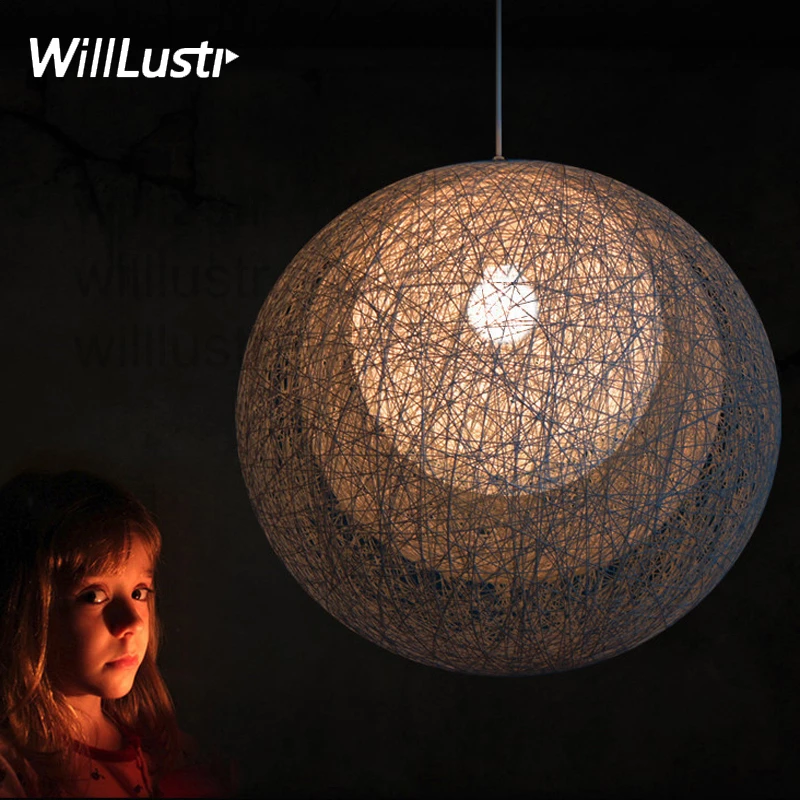
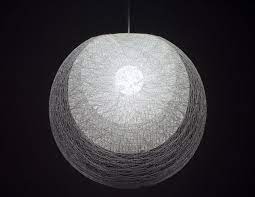

TOP4:OMA
This product, which OMA cooperated with the famous lighting manufacturer iGuzzini, is not a single lighting fixture, it is a lighting system. It breaks the relatively independent relationship between traditional lamps and lamps, and uses a unified system framework to connect point light sources and linear light sources, so that the lights become a visual whole in a specific space. Of course, point light sources and linear light sources have also been redesigned into modular units, so that their combination and arrangement also bring new inspiration to designers.
